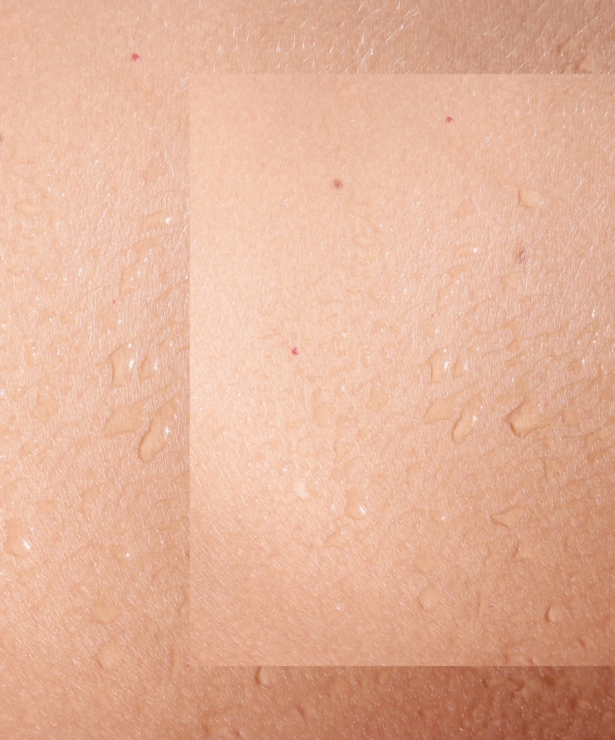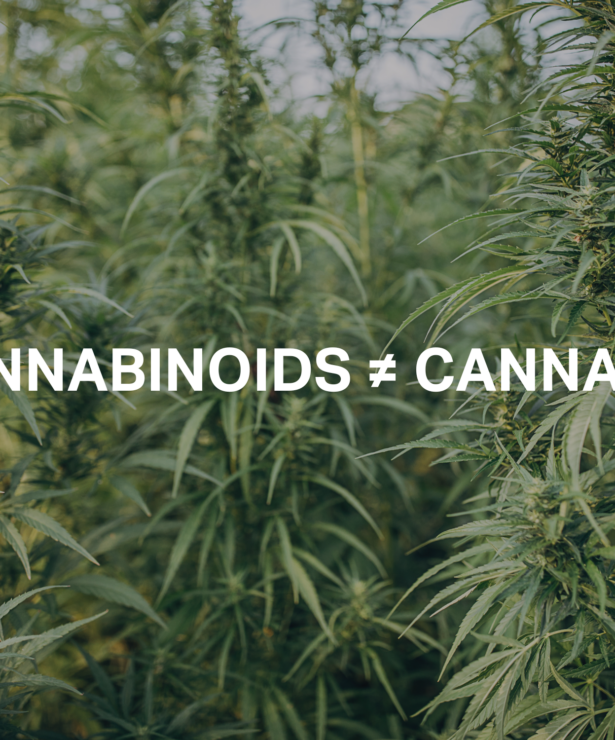Here at PĒLL, we couldn’t be more excited about the potential of phytocannabinoids to change lives. This goes doubly so for our latest offering, CBG!
But equally, as with any new avenue of research, the world of cannabinoids can be confusing for those who are not already well versed in the subject matter. It can be tough to know your cannabigerol from your cannabidiol, and your endocannabinoid system from your enzyme-linked receptors (we promise we haven’t made any of those up!).
But fear not, dear reader! PĒLL is here to answer some of the most common questions about CBG, demystifying this cutting-edge biotechnology and showing exactly how it can help make you happier and healthier. Let’s dive in!
What Does CBG Do?
The first and most important question of all! Cannabigerol, or CBG, is a compound isolated from cannabis plants (PĒLL’s CBG comes from industrial hemp varieties). We call these compounds phytocannabinoids. ‘Phyto’ means plant, as opposed to synthetically produced cannabinoids or endocannabinoids made by the body – more on those later.
When administered to humans, CBG has been shown to convey a staggeringly wide array of benefits. Research has shown that CBG has anti-inflammatory, antibacterial, antioxidant, and anti-tumoral properties, as well as boosting the health of your skin. The cannabinoid has also been reported to ease symptoms of low mood, anxiety and insomnia. That’s a whole lot of goodness from just one part of just one plant!
How Does CBG Work?
The reason that any cannabinoids have an effect on humans is because of a system within our bodies called the endocannabinoid system (ECS). The ECS is a collection of receptors and transmitters that, when activated, can effect changes in the body through our nervous system and organs.
The ECS produces compounds for this purpose called endocannabinoids (‘endo’ meaning from within, and cannabinoids because the first compounds of this type discovered were found in cannabis plants).
By providing your ECS with more cannabinoids like CBG, it is possible to positively affect the body’s internal regulatory processes. By correcting deficiencies and imbalances in the ECS, we can make the body function as it should. Through adding more cannabinoids to the ECS, we can even increase the bodies’ own production of endocannabinoids and receptors. In this way, a small amount of phytocannabinoids can elicit a huge positive change in our bodies!
How much CBG do I take and when?
As with any cannabinoid, the specific answer to these questions will depend on the strength of your CBG, the form it takes (oil, gummies, etc.), and your own body.
For PĒLL’s CBG 10% Isolate, we recommend taking one or two drops sublingually (under the tongue) once a day, preferably after a meal.
Wait at least two minutes after applying the drops before swallowing and do not drink or eat for ten minutes to allow the CBG to make its way through the thin membranes of the mouth and into the bloodstream.
Will CBG Get Me High?
No! The psychoactive properties of cannabis are almost exclusively contained within tetrahydrocannabinol (THC). In the EU, it is illegal to sell cannabinoid products with a THC concentration above 0.3%. CBG itself is not psychoactive, and our 10% CBG Isolate contains no THC whatsoever.
The stigma surrounding cannabinoid products comes from the prohibition and demonisation of cannabis in the twentieth century. Despite non-THC products displaying no signs of psychoactivity and a range of positive health benefits, they still suffer from this association.
Research shows that both health providers and patients are often affected by this stigma. Thankfully, however, an increase in the general prevalence of cannabinoid products, coupled with the ever-increasing body of research showing the positive effects of cannabinoids, are helping to change public opinion. We here at PĒLL greatly welcome this shift!
How is CBG Different From CBD?
CBG and cannabidiol (CBD) are very similar compounds. Both have the same atomic makeup but have different structures, giving them a lot of overlap in uses with some slight differences.
Both cannabinoids have anti-inflammatory, anti-microbial, and neuroprotective properties, as well as being effective in treating anxiety and insomnia symptoms. CBG has more pronounced antibacterial and anti-inflammatory qualities, as well as being effective at maintaining homeostasis in organs such as the stomach, intestines and bladder when diseases impact the body’s regular functioning.
CBG is rarer than CBD, as it found in much smaller quantities within the cannabis plant than CBD. This is because CBG is a precursor to CBD, THC, and other cannabinoids – the latter compounds are created from CBG in the plant. During the plant’s growth, most CBG is converted into other cannabinoids, leaving only small amounts remaining to be extracted.
Can I Combine CBG With Other Cannabinoids?
The short answer: yes! Not only can you combine different cannabinoids, but research shows that there may be a synergistic effect from doing so. Studies suggest that the specific combination of CBG and CBD results in increased anti-inflammatory, antioxidative, and anti-apoptotic (preventing cell death) properties than a single dose of either cannabinoid on its own.
Our IBD & Gut Inflammation Combo was designed around such synergies. Whilst we do advise using both products daily, we do not recommend using them both at the same time, however.
Conclusion
We hope you’ve enjoyed our whirlwind tour through all things CBG, and now feel suitably clued-up to get the most out of this exciting new biotechnology. At PĒLL, we’re passionate about the great strides being made every day; hopefully some of that enthusiasm has rubbed off on you now, too!
Ready to begin your journey with CBG towards a happier, healthier you? Shop our range of CBG and other cannabinoid products here. Still have questions about CBG, or phytocannabinoids in general? Contact one of our PĒLL experts here!






